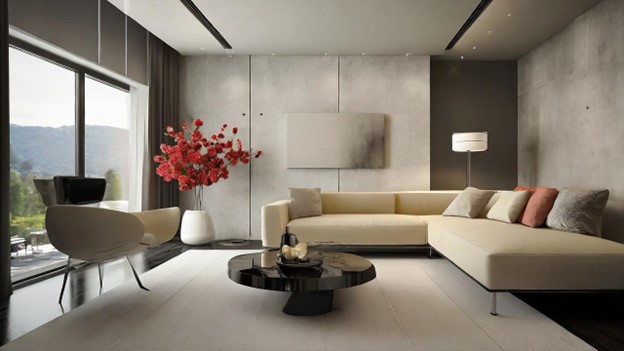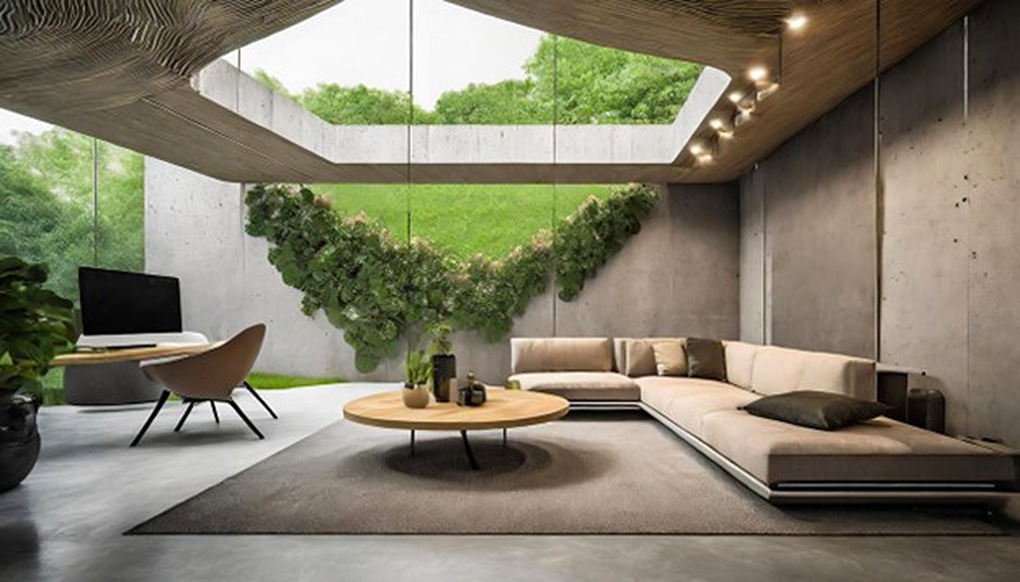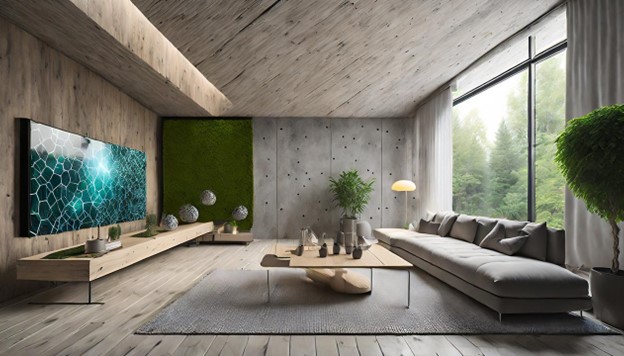Innovative Interiors: How AI is Leading the Way in 2023
The world of interior design is undergoing a profound transformation thanks to advancements in artificial intelligence. In 2023, AI is not only changing how designs are conceptualized but also how they are executed, bringing efficiency, creativity, and personalization to the forefront. Here are several ways AI is leading the way in innovative interiors:

1. Personalized Design Recommendations
AI algorithms analyze user preferences, past design choices, and current trends to provide tailored recommendations. Platforms utilize machine learning to understand an individual’s style, helping to curate designs that resonate with their personal aesthetics. This means homeowners can receive instant inspiration and guidance that aligns perfectly with their taste.

2. Virtual and Augmented Reality Integration
AI-driven virtual and augmented reality tools allow clients to visualize their spaces before any physical changes are made. This technology enables interactive walkthroughs of 3D models of design concepts, giving users an immersive experience that can significantly impact decision-making. For designers, this means they can fine-tune their ideas based on client feedback more effectively.
3. Smart Furniture Solutions
The rise of smart furniture has transformed the functionality of interiors. AI integrates with IoT devices to create adaptive spaces that respond to users’ needs. For instance, furniture can adjust its shape or configuration based on the activities being performed, enhancing comfort without sacrificing style. This innovation also includes features like automated lighting and climate control, creating a more sustainable and energy-efficient environment.
4. Automated Space Planning
AI tools can analyze room dimensions, functions, and user behavior to optimize space planning. These tools can suggest layouts that maximize flow and utility while also considering aesthetic appeal. By leveraging AI, designers can experiment with multiple configurations quickly, saving time and minimizing costly revisions.5. Trend Analysis and Prediction
AI-powered analytics gather data from various sources, including social media, design publications, and consumer behavior insights, to predict upcoming design trends. Interior designers can leverage this information to stay ahead of the curve, ensuring that their projects align with emerging styles and preferences.6. Sourcing Materials and Products
AI simplifies the process of material and product selection. With access to extensive databases, AI can suggest sustainable and innovative materials that meet specific design requirements. It can also help designers discover unique products while ensuring they stay within budget, ultimately streamlining procurement processes.7.Enhanced Project Management
AI tools assist in project management by automating schedules, budgets, and resource allocation. This level of organization allows designers to focus more on creativity and client interaction rather than administrative tasks. AI can flag potential issues before they escalate, ensuring smoother project execution.8. Sustainability Integration
As sustainability becomes increasingly important in design, AI helps identify the most eco-friendly options available. It can optimize energy consumption, suggest sustainable materials, and analyze a design’s overall environmental impact, promoting a greener approach to interior spaces.Conclusion
In 2023, AI is undoubtedly at the forefront of innovative interior design, reshaping creative processes with a blend of technological prowess and artistic vision. As these tools evolve, they promise to create spaces that are not only beautiful and functional but also responsive to the needs and preferences of their inhabitants. Embracing AI in interior design not only enhances the creative potential but also paves the way for a more interactive, personalized, and sustainable future in design practices.



